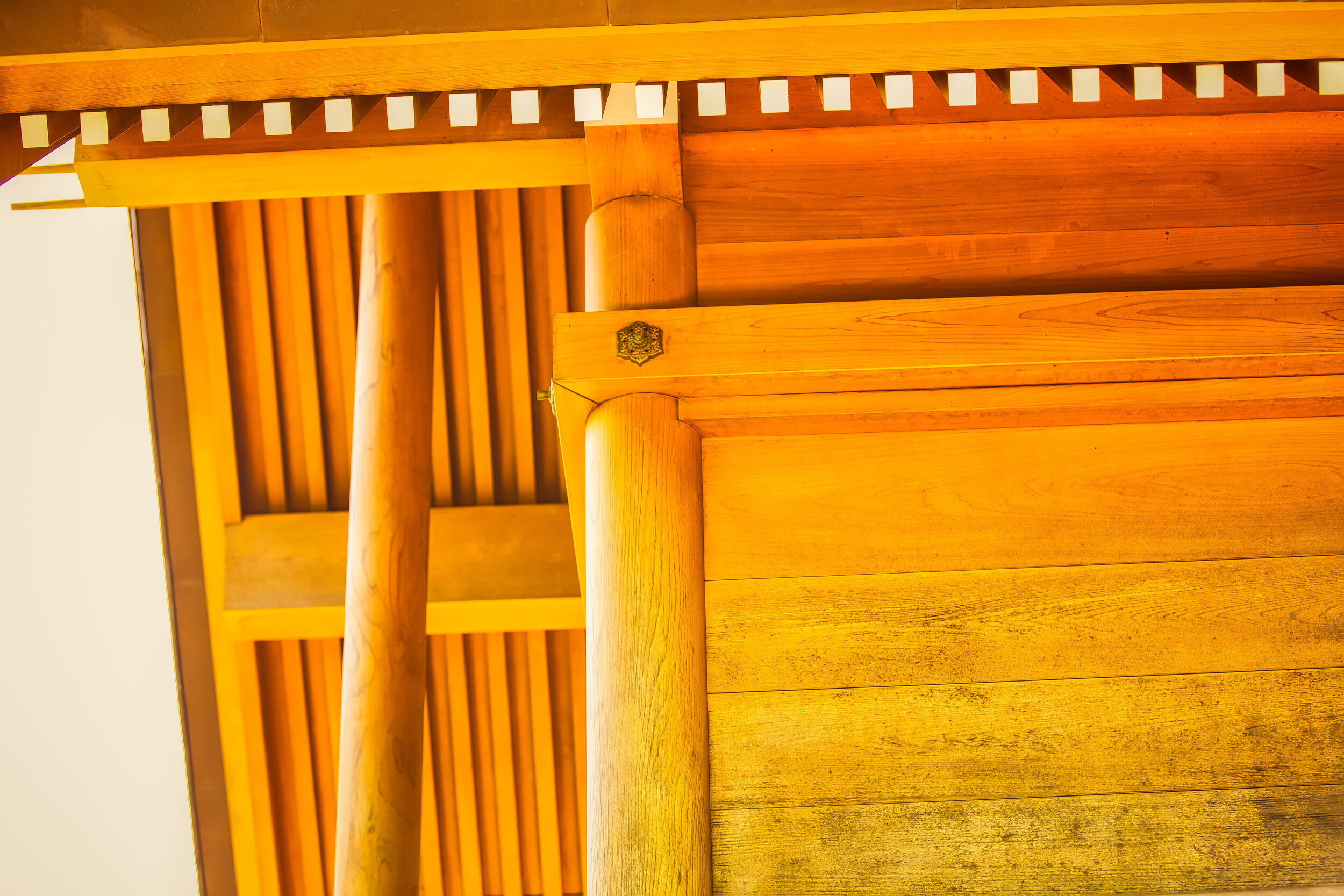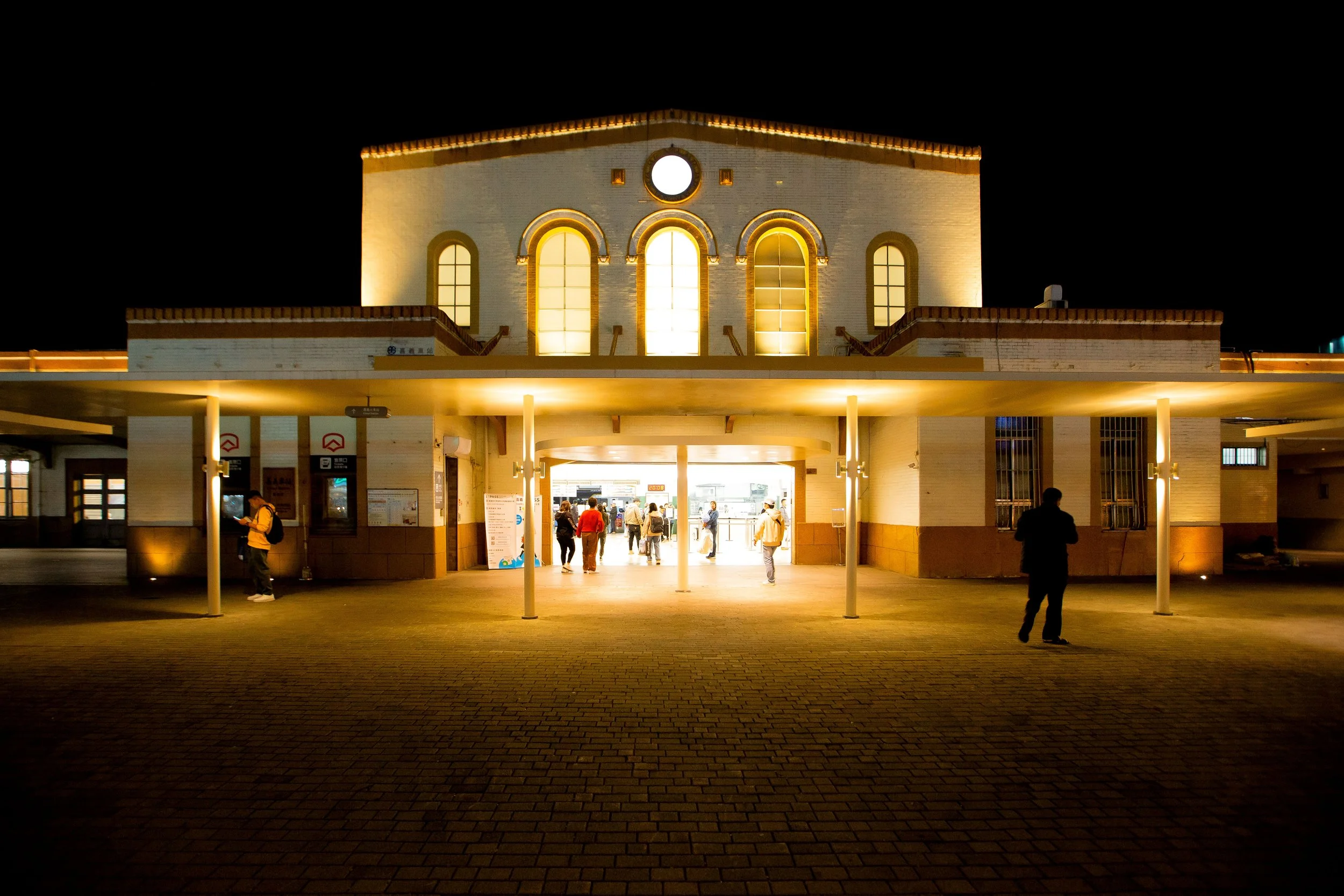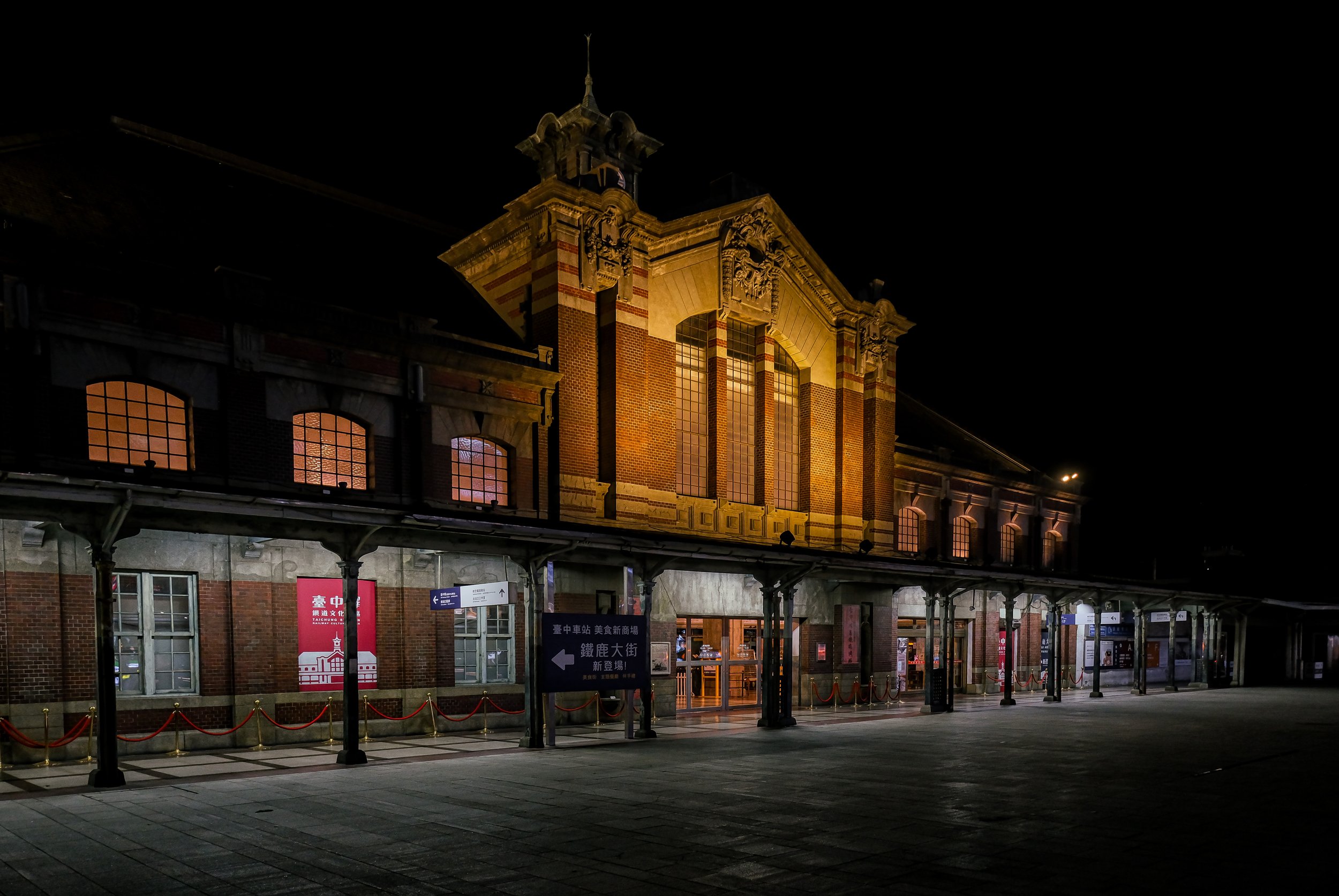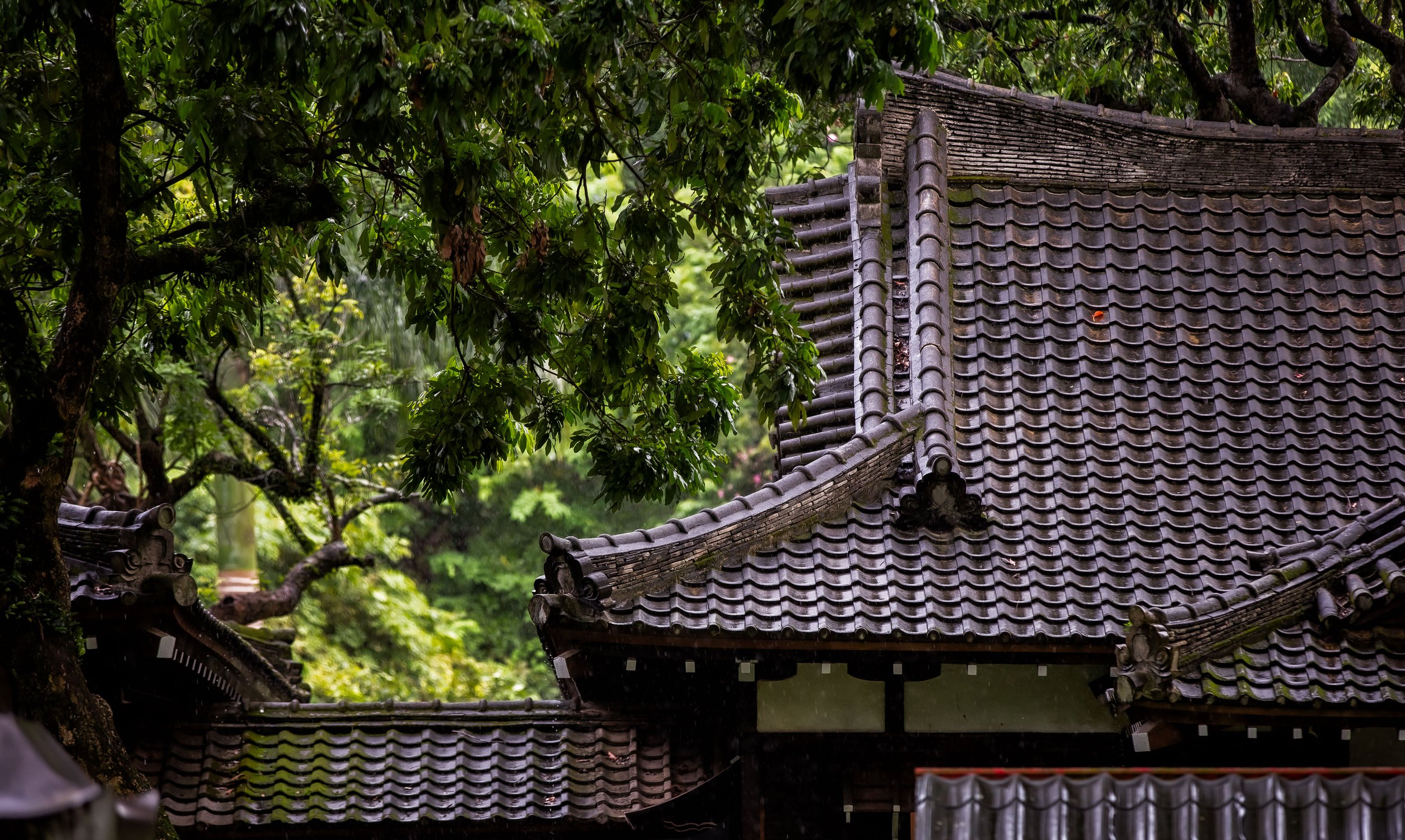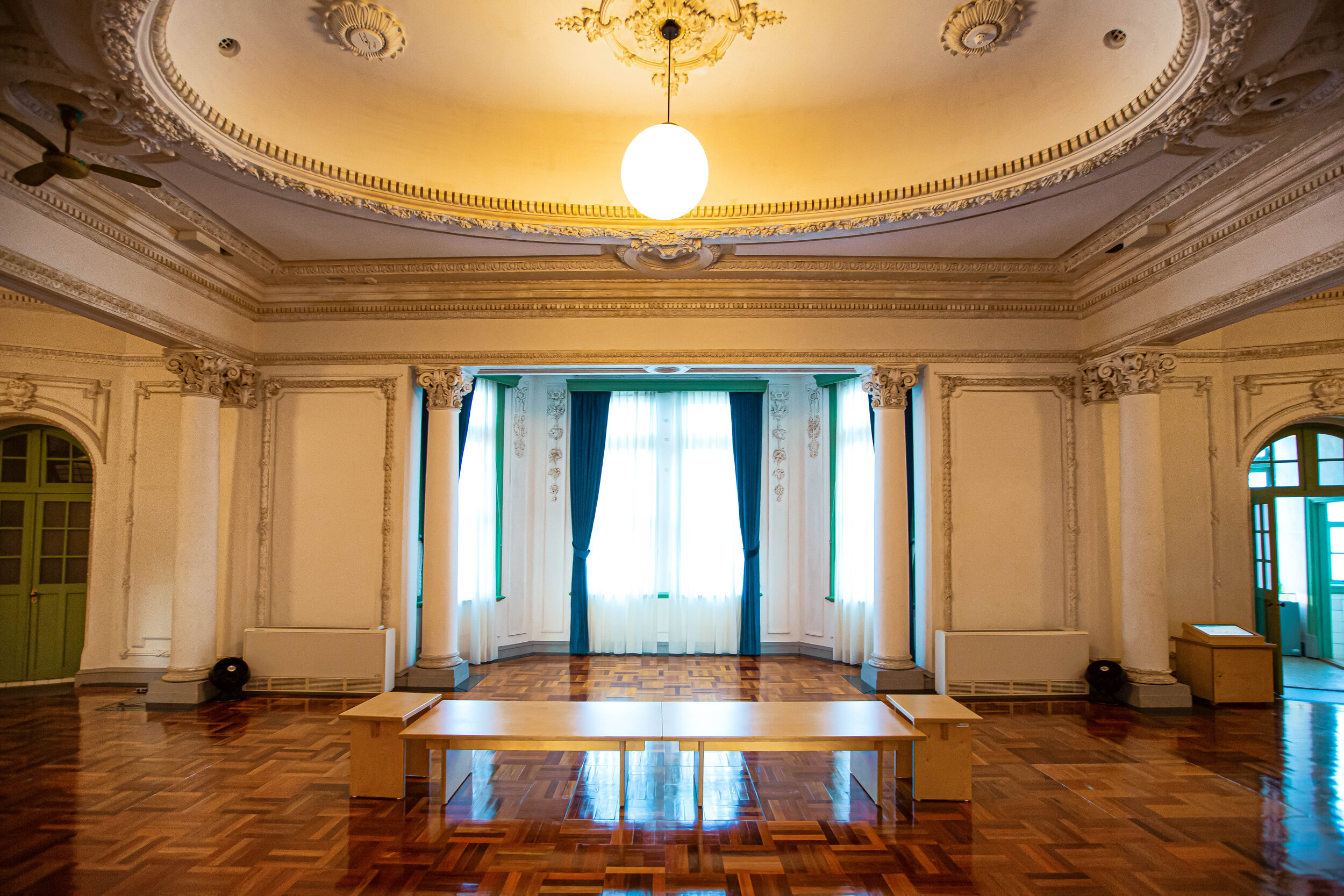One of the most popular Taiwanese films to come out in recent years was the movie “Kano”, which told the story of an historic Taiwanese high school baseball team that participated in the Koshien Baseball Tournament in Japan and was one of those underdog sports stories that captivated audiences.
It also helped to rekindle a nations love for its national sport, which just years before had been embroiled in so many corruption scandals that people started losing interest.
The Kano Baseball Team (嘉農野球部) from central Taiwan’s Chiayi (嘉義) was a ragtag group of Hoklo, Hakka, Indigenous and Japanese players, who received little to no respect but ended up becoming the biggest surprise of Japan’s national baseball championships in 1931.
Link: Japanese High School Baseball Championship (Wiki)
While audiences loved the movie, there was a bit of confusion regarding its title.
Quite a few wondered aloud how a local movie could come out without a Chinese language title.
They also wondered what “Kano” meant.
Talk show hosts and commentators around the country tried to explain that the name was a reflection of the Japanese Colonial Era for which the movie was based.
This led not only to a renewed love of baseball, but also increased interest in learning more about that period of Taiwan’s history, which to be honest, isn’t covered all that well in the local school system.
While it was great that the movie, which was critically successful at Taiwan’s box office, was doing such a great job creating a renewed interest about Taiwan’s history and baseball, there was still quite a bit of confusion about the word “Kano.”
This is because not only was there a baseball team named “Kano”, there was also a town that shared the same name.
The baseball team was made up of students from the Kagi Agricultural and Forestry School (嘉義農林學校野), located in the central Taiwanese city that we know today as Chiayi, which was then known as Kagi.
In Japanese, the mixture of the words “Chia” (嘉) and “Nong” (農) went together to make the abbreviation “Kano” (嘉農), which is admittedly a lot easier to say than the full name.
Meanwhile the other “Kano” was a town on the East Coast, known today as “Luye” (鹿野) which, much like Yoshino Village in Hualien, was a Japanese immigrant farming community, just outside of Taitung city.
Even though both were pronounced “Kano” in Japanese, they were completely different.
There was however a relation between the two that a lot of people missed.
Due to Taitung’s remoteness in the early years of the Colonial Era, some of the stars of the Kano Baseball team were Indigenous peoples from “Kano” who had left their homes to study as well as play baseball.
Link: Taiwanese “Kano” Baseball Team Found its Field of Dreams (Nippon)
In fact, the Luye-Shikano area has a long and successful history with baseball and from the elementary school level all that way to professional sports, the village has produced quite a few stars over the past century.
Today I’m not here to talk about baseball, I’m here to introduce a historic Shinto Shrine that was used as the central place of worship for that village, the Shikano Shinto Shrine.
Before I talk about the shrine though, I’m going to take a few moments to introduce a little about the history of the immigrant community that made up most of what we know as Luye today.
Shikano Immigrant Village (鹿野移民村)
When the Japanese Colonial Era was established in 1895, the vast majority of Japanese who initially came to Taiwan were members of the Armed Forces, civil servants and engineers. Tasked with suppressing opposition to colonial rule and stabilizing the island, the first waves of Japanese citizens came here with the intent to prepare Taiwan for mass development and future colonization.
Prior to the arrival of the Japanese, it would be an understatement to say that Taiwan was an untapped treasure - The Hoklo, Hakka and Indigenous people who had inhabited the island up until that point were mostly subsistence farmers, who gave little thought to developing the island in a centralized way, apart from ensuring their own livelihoods.
For the Japanese, Taiwan was a treasure trove of resources that would be instrumental in fueling the expansion of their empire.
First though, Taiwan, their model colony would have to be tamed.
After more than a decade of development, the powers that be decided that it was time to start an emigration process that would allow Japanese citizens to come to Taiwan and settle on land provided for them.
The thought process behind this was that Taiwan was in need of an influx of a different class of immigrant as there was a need for agricultural workers as well as people who could contribute to the various mining and forestry industries (among others.)
One of the interesting things about these communities was that their development could be either public or private, which meant that some of them were planned by the government, while others were privately sponsored by some of the larger corporations that came to Taiwan.
Even though the vast majority of the communities ended up being occupied by farmers, there were also others that were developed for miners, fishers, forestry and industrial workers.
The more nefarious reason as to why the government instituted this kind of immigration policy was to start importing boat-loads of lower-class Japanese citizens, who would eventually outnumber the original inhabitants of the island in an attempt at settler colonialism in an attempt to fast-track the assimilation process.
This policy was also considered beneficial to the government back at home in Japan as the country was quickly modernizing and discovered that there was a surplus of farmers and an increasingly limited amount of land for them to farm on.
So, with an opportunity to make a new life in Taiwan, which included a great package of incentives, the waiting-list of Japanese citizens wishing to start a new life here was likely quite long.
The ‘immigrant community’ (移民村) policy started in 1908 (明治41年), with the first official community established in Karenko Prefecture, known today as Hualien.
The success of the first of these communities, known as Yoshino Village (吉野村), gave the government the incentive to continue establishing further communities along the east coast with several more established between 1912 and 1932.
From Yoshino Village in Hualien, villages started popping up further south with Toyota Village (豐田移民村), Hayashita Village (林田移民村), Yoshita Village (賀田), Ikegami Village (池上) and most importantly for the sake of this article, Shikano (鹿野).
In 1915 (大正4年), the Shikano Immigrant Village was established by the Taitung Sugar Corporation (台東製糖株式會社) as a private community in the area we know today as Longtian Village (龍田村).
Initially a hundred lower-class families from Niigata Prefecture (新潟縣) on the western coast of Japan were invited and later that year the village expanded again to over four hundred families.
This technically made it the largest immigrant village in Taitung, with a population of around 1500 people.
One of the things to keep in mind about this specific immigrant village though was that the majority of the residents were considered “short term” (短期移民) and came specifically to work in the sugar industry every year from November to April. Therefore the number of families living in the village wasn’t a constant, with the numbers changing at different times of the year.
When the short-term seasonal worker situation was resolved, the population of the village eventually started to decline with only about 143 households (547 people) in 1919 (大正8年) and even less than half of that by 1943 (昭和18年).
Still, even though Kano was a privately planned community, it came complete with schools, a hospital, an administrative centre, train station, a downtown core and of course a Shinto Shrine.
Today, not only are we able to enjoy the fully restored Shinto Shrine, but several other buildings from the colonial era as well as Japanese-style urban planning, which has become quite popular with contemporary Taiwanese who enjoy the large open spaces with wide tree-lined roads.
Visiting the former immigrant village these days gives people a diverse look into Taiwan’s modern history while also allowing you to imagine that you’re visiting the Japanese countryside!
Shikano Shinto Shrine (鹿野神社)
Surprisingly, the Kano Shinto Shrine, or the “Luye Shinto Shrine” as we call it today wasn’t actually constructed until almost a decade after the Kano Immigrant Village was established.
When immigrants first started arriving in Taito Prefecture (台東廳), the closest place of worship would have been the Taitung Shinto Shrine, which at the time was probably all they needed considering that the majority of them were sponsored by the Taitung Sugar Corporation, which was located nearby the original Taito Shinto Shrine.
Fortunately, by the time that the Taito Shinto Shrine became a Prefectural Shrine (縣社) and was moved to Liyu Mountain (on the other side of Taitung City), the Kano Shinto Shrine had already been established.
Officially opened on July 10th, 1923 (大正12年), the Kano Shinto Shrine was much smaller in scale than the Taitung Shrine and was classified as a “Mukaku-sha” (無格社) or a Village Shrine (社祠) without ranking by the official Shakaku (社格) Shrine Grading System.
Link: Modern system of ranked Shinto shrines (Wiki)
While it may sound a bit harsh that the shrine had no ranking, that was common for the vast majority of the two hundred of more shrines constructed in Taiwan during the Colonial Era, of which Taitung itself was home to around fifty.
Originally constructed in the northern area of the village in a valley between the Luye Plateau (鹿野高台) and Horseback Mountain (馬背山), it’s location proved somewhat problematic as it wasn’t very convenient for the vast majority of the villagers given that it was at least a three kilometer walk from the train station.
So, in 1931 (昭和6年), the shrine was relocated to its current location next to Kunci Hall (崑慈堂), which was ideal as it was a short walk from the Elementary School.
As a smaller shrine, the Kano Shinto Shrine only consisted of the following:
A large gate or “torii” (鳥居)
A walking path or “sando” (參道)
Stone Lanterns or “toro” (石燈籠)
A Purification Fountain or “chozuya” (手水舍)
Stone Guardians or “komainu” (狛犬)
A Main Hall or “honden” (本殿)
Given its size, the Kano Shrine wasn’t home to a Hall of Worship (拜殿), so in this case, as a Hokora-style (祠 / ほこら) shrine, we’re actually able to approach the Main Hall, otherwise known as the Honden (本殿) and get a good look at its architecture.
Back in Japan, Shinto Shrines come in all shapes and sizes and for shrines like this one, you’re always able to get a good look at the architecture of the Main Hall. It’s important to note though that with most of the larger shrines (like some of those that still exist in some form in Taiwan), the general public is rarely ever able to get a good look at the Main Hall as it is considered a sacred-space.
The best example that we have here in Taiwan of an original ‘Haiden’ and ‘Honden’ in its original condition is at the Taoyuan Martyrs Shrine, where you’re currently able to approach the rear of the shrine, which was at one time only ever frequented by the priests who took care of the shrine.
Where the Kano Shinto Shrine stands apart from the other shrines that have been preserved in Taiwan is that you can easily examine it’s architectural design, which gives away some obvious clues about the shrine to those who are in the know about these small details.
In this case, the Main Hall is designed in the ancient ‘Taisha-zukuri’ (大社造) style, which indicates that the building is elevated off the ground, usually by stilts, but in this case on a concrete base.
The current base of the shrine is the original one from 1931, which makes it the only original part of the shrine that still remains today.
Like a lot of Japanese-style shrines, the roof of the building is considerably larger than its base.
Part of the genius of Japanese design is that the building, known as the moya (母屋) couldn’t possibly support the weight of the roof on its own, but thanks to a network of joints and trusses and the help of pillars along the veranda, the building is able to withstand the weight and ensure years of stability.
Often going hand-in-hand with the elevated design of the building, the shrine makes use of the gabled kirizuma-zukuri (切妻造) style of roof.
This style differs from the typical four sided hip-and-gable style of roof that you would find at other Japanese-style buildings and consists only of two inclined surfaces on the front and back that form a ridge at the top.
Essentially, it’s meant to look like a book that is resting with its cover facing up.
In order to stabilize the roof and distribute its weight, there are two large pillars to the left and the right of the building that are kept in place by the cement base below. Both of the pillars are quite thick and have been crafted with cypress, like the rest of the building, which is known for its sturdiness.
Another important aspect of the design to pay attention to are the katsuogi (鰹木/かつおぎ) and chigi (千木) ornaments on the roof.
To the naked eye, they may just seem unimportant, but they have traditionally been used to differentiate Shinto Shrines from Buddhist Temples in Japan as well as indicating the ‘kami’ that are enshrined within.
The katsuogi are the long timber-like pieces of wood that rest on the flat base of the roof.
An even number indicates a female divinity while an odd number signifies a male.
In the case of this shrine, there are five of them, meaning that the kami enshrined within are male.
Likewise the ‘chigi’ can be cut either horizontally or vertically, known as uchi-sogi (内削ぎ) and soto-sogi (外削ぎ) respectively.
How they’re cut likewise indicates the kami within, so It should then be no surprise that the ‘chigi’ at this shrine are cut vertically in the ‘uchi-soto’ style as the katsuogi mentioned above already indicates a male divinity.
The chigi on the building are practically decorated with kazana (風穴), which are decorative holes in the tips of the finial, which allow for the passage of wind and for the stabilization of the roof.
Currently the only pieces of the shrine that exist on the site today apart from the shrine itself are a couple of lanterns, an unfinished purification fountain and a shrine gate.
Deities
As was the case with most of Taiwan’s other shrines during the colonial era, the kami enshrined within were all familiar figures, which included the Three Deities of Cultivation and Prince Kitashirakawa Yoshihisa.
The ‘Three Deities of Cultivation’ (かいたくさんじん / 開拓三神), consist of three mythic figures known for their skills with regard to nation-building, farming, business and medicine.
The three gods are as follows:
Ōkunitama (大國魂大神 / おおくにたまのかみ)
Ōkuninushi (大名牟遲大神 / おおなむちのかみ)
Sukunabikona (少彥名大神 / すくなひこなのかみ)
The first mention of these deities was in the ‘Birth of the Gods’ (神生み) section of one of Japan’s most important books, the ‘Kojiki’ (古事記), or “Records of Ancient Matters”, a thirteen-century old chronicle of myths, legends and early accounts of Japanese history, which were later appropriated into Shintoism.
While these three deities date back well-over a thousand years, the other one that was enshrined within the Taitung Shinto Shrine was a considerably younger one.
In fact, most of the over two hundred Shinto Shrines constructed in Taiwan during the colonial era, most were home to shrines dedicated to Prince Kitashirakawa Yoshihisa (北白川宮能久親王)
Prince Yoshihisa had the unfortunate luck of being the first member of the Japanese royal family to pass away while outside of Japan - in more than nine hundred years.
The reason why his worship is so prevalent here in Taiwan is due to the fact that it is believed he died of malaria while on military campaign in Tainan in 1895.
Although it is also thought that he might have been shot by Taiwanese guerrillas on a mountain in Hsinchu.
Link: Prince Kitashirakawa Yoshihisa (Wiki)
Restoration
Suffice to say, when the Colonial Era ended in 1945 and the Japanese residents of Taiwan were sent back to Japan, this shrine, like so many others around Taiwan didn’t last very long.
Given its location, especially with regard to the locals schools, the Chinese Nationalists didn’t waste my time tearing it down as it would have been considered an obstacle to their authority.
Interestingly, even though the shrine was destroyed, the name of the village was never changed.
Instead of referring to it as ‘Kano’ in Japanese, it was simply changed to ‘Luye’, the Chinese pronunciation of the same Chinese characters.
After the shrine was destroyed, not much happened on the land where it existed save for the construction of a Chinese temple named Kunci Hall. The temple later constructed a pavilion on the concrete base where the shrine used to exist, but for the most part nature took its course and reclaimed the area.
In 2013, the local government in conjunction with the Ministry of Transportation (交通部) and the Tourism Bureau (観光局) started a two-year process of research and planning that sought a partnership with craftsmen in Japan to recreate and restore the Shinto Shrine to its original condition.
Oddly, the only stipulation was that once the shrine was completed, that it not house any deity and it be used only for tourism-related purposes.
So even though the Luye Shinto Shrine today appears to be a ‘shrine’, you’d be wasting your time clapping your hands and praying in front of it as the deities never actually returned to their original home.
The most important fact that I could tell you about the reconstruction of this shrine is that when it was being restored, the Taiwanese government contracted a very elite group of carpenters in Japan, known as Miyadaiku (宮大工).
These carpenters have been honing their craft for well over a millennium and are masters at construction techniques that doesn’t use nails, screws, glue or electric tools.
Everything is hand-made, and like a puzzle, it all fits together thanks to a genius network of wooden joints.
Link: Japanese Carpentry | 宮大工 (Wiki)
The unfortunate thing about this specialized style of Japanese carpentry is that it is something of a dying art. There are less than a hundred Miyadaiku carpenters still practicing their trade in Japan today and its an art form that is sadly on the brink of dying out within the next few decades.
One last thing I should note is that even though reconstruction on the shrine was “completed” in 2015, construction on the site is on-going with restoration still taking place on the purification fountain as well as on the landscape that surrounds the shrine.
If you’ve seen photos of the shrine elsewhere on the internet, the environment surrounding the shrine probably seems completely different than what you’ve seen here as the local government continues to enhance the site. I was personally quite surprised when I showed up to check it out as the background didn’t appear to be even remotely similar to what I had seen prior to my arrival.
Nevertheless, the Kano Shinto Shrine is alive again and its existence is a great reminder of the history of this beautiful little tourist village on the east coast of Taiwan.
Getting There
Luye is a large township situated just outside of Taitung City and Longtan Village (龍田村), where the shrine is located, is probably one of the most popular areas to visit for tourists.
Even though the shrine is a bit of a distance from Taitung City, getting there is rather straight-forward and once you’re there you’ll also be able to visit some of the other nearby attractions, which most likely means the famed Luye Plateau (鹿野高台), where the Taitung Hot Air Balloon festival takes place every year.
If you have your own means of transportation, getting to the shrine shouldn’t be much of an issue, but even if you don’t, there are more than enough public transportation options to help.
If you’re driving a car or a scooter, simply input the address or coordinates below into your GPS or Google Maps, and you’ll find yourself there after a beautiful drive through the Taitung countryside.
Address: No. 308, Guangrong Road, Luye Township, Taitung County.
(台東縣鹿野鄉光榮路308號)
GPS: 121.120620, 22.904150
If on the other-hand you’re relying on the public transportation option, you’ll have a number of options, but will have to keep in mind that you’ll likely have to walk a few kilometres to get to the shrine from the train station or the bus stop.
Train
No matter if you’re coming from the north or the south, you’ll have to hop on a Local Train (區間車) and ride until you reach Luye Train Station (鹿野車站), where you’ll get off and make your way to the shrine from there.
Bus
Taitung Bus (台東客運): #8161, 8163, 8165, 8166, 8167, 8168, 8170
For each of these buses (as well as the train), you’ll get off at Luye Train Station and from there the shrine is about a 2.5km walk passing by Longtan Park (龍田公園) and following Guangrong Road (光榮路) until you reach the shrine.
Even though it seems like a long walk, the road is absolutely beautiful and you’ll see quite a few historic buildings along the way.
Taiwan Tour Bus (台灣好行): Luye Line (鹿野線)
This bus is probably the most convenient in terms of travel as it will bring you directly to the shrine where you’ll get off at the Kunci Temple (崑慈堂) bus stop. The only problem with this bus is that it doesn’t come all that frequently, so you’ll end up wasting a long time waiting for it to show up which pretty much makes the other bus options much more attractive.
Bicycle
One of the most popular activities for tourists visiting Longtian Village is to take the bus or train to Luye Station and from there renting a bicycle from one of the many nearby vendors.
Renting a bicycle at one of these shops allows you to skip the long walk to the shrine and also allows you to enjoy some of the other attractive destinations in the area.
I’m not going to promote any of the specific vendors, but all of the prices should be relatively similar and the rental of a bicycle shouldn’t cost you any more than $100-200NT for the day, depending on the size of the bike you rent.
While in town, don’t forget to check out the nearby Luye Plateau (鹿野高台), the Longtian Green Corridor (龍田綠色隧道), the Tung Blossom Avenue (龍田桐花大道) as well as the various other Japanese era homes that are still located in the area.
If you’re lucky enough to be in town during the hot air balloon festival, you’ll be sure to have a great time as its one of the most popular times of the year to visit the area.
The Luye Shinto Shrine is an excellent example of how Taiwan’s former Shinto Shrines can and should be restored. With the help of Japanese craftsmen, the shrine has been brought to life once again and even though it could be considered to be in a remote location, it has become one of Taitung’s most popular tourist attractions. With that in mind, I’m sure there are quite a few local governments around Taiwan thinking about following the same formula, which could possibly translate into even more reappearing over the next few years!
Footnotes
鹿野神社 - 鹿野移民村神社 (神社殘跡)
日本移民村 (Encyclopedia of Taiwan)
台灣日治時期日本移民村 (Wiki)
台灣神社列表 (Wiki)
Taitung Japanese Immigrants Village - Longtian Village (Hakka Affairs Council)
台湾で完全な形で復元された「鹿野神社」が台東縣にあります (Meilytaiwan)
歲月的容顏 龍田老照片 龍田蝴蝶協會提供 (龍田歲月)







